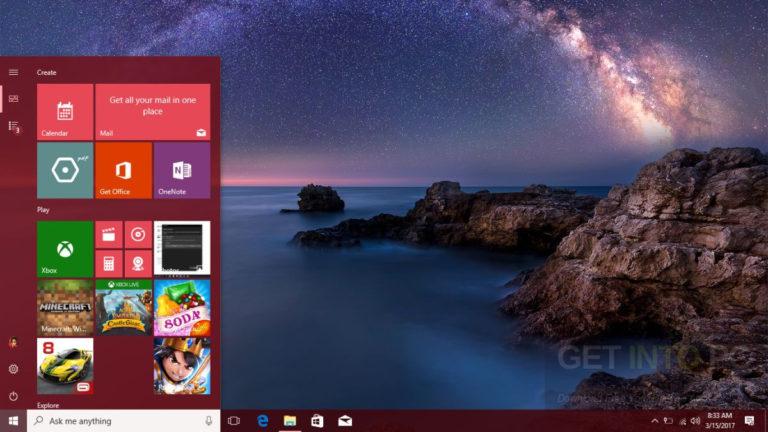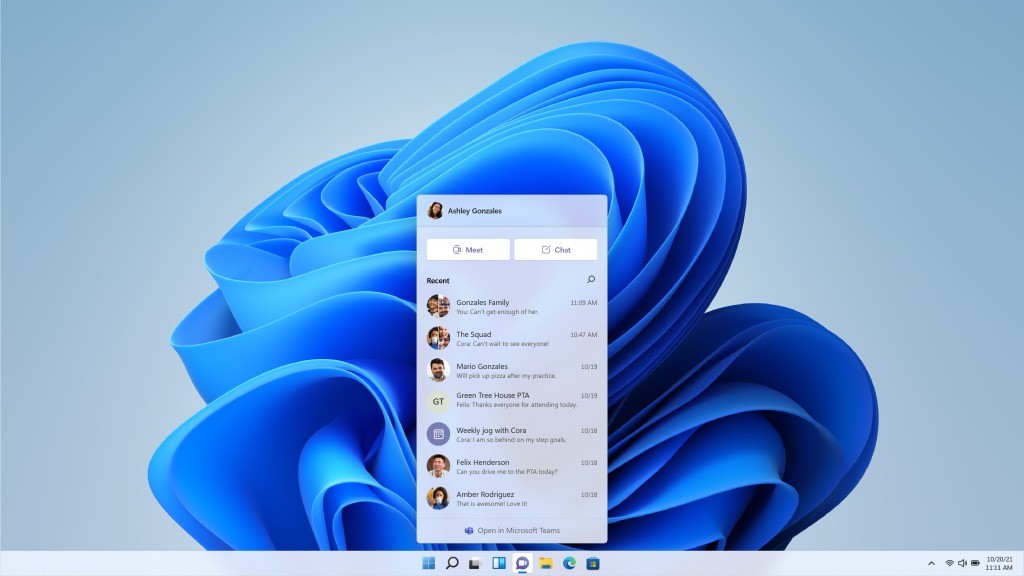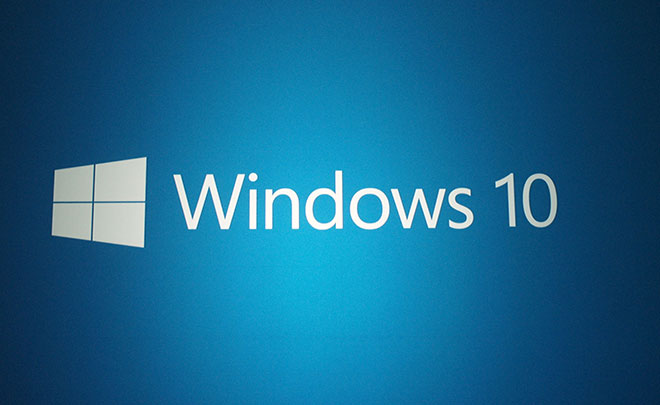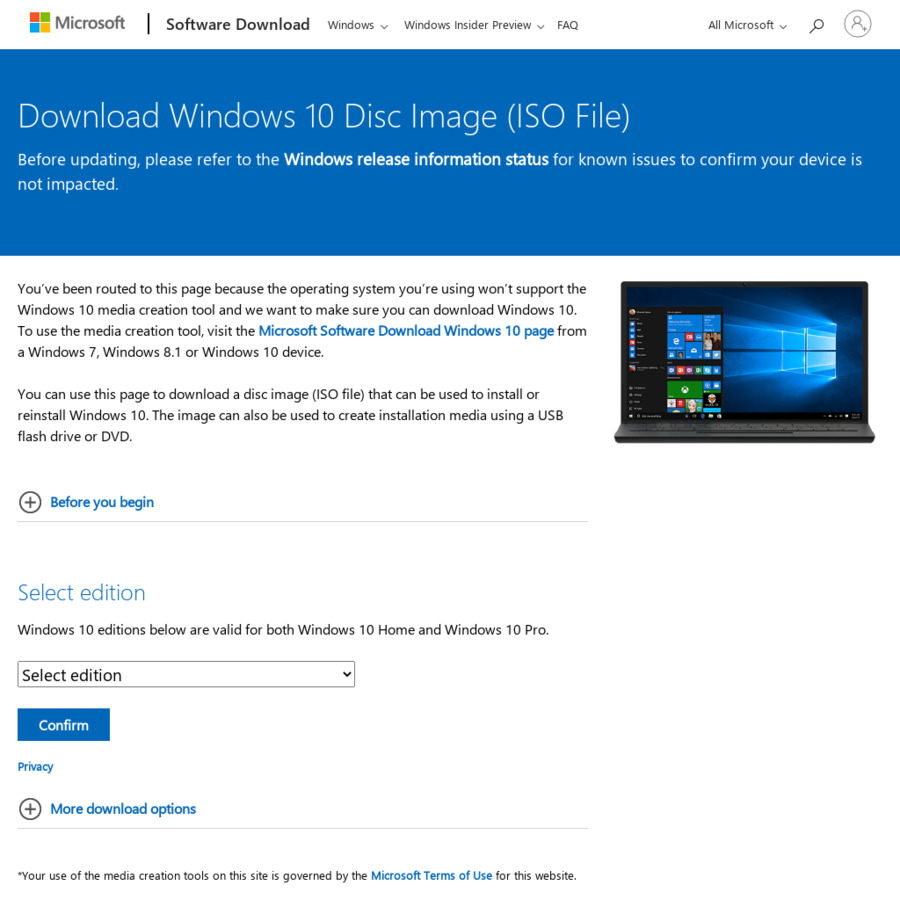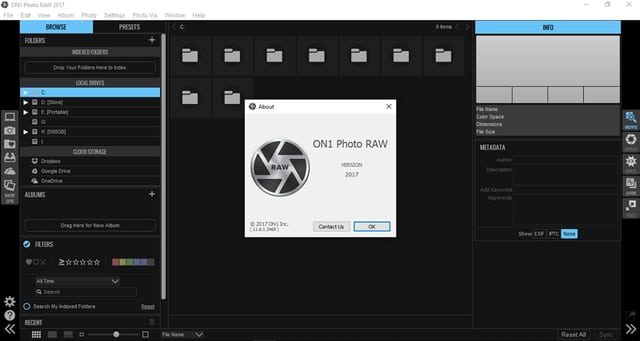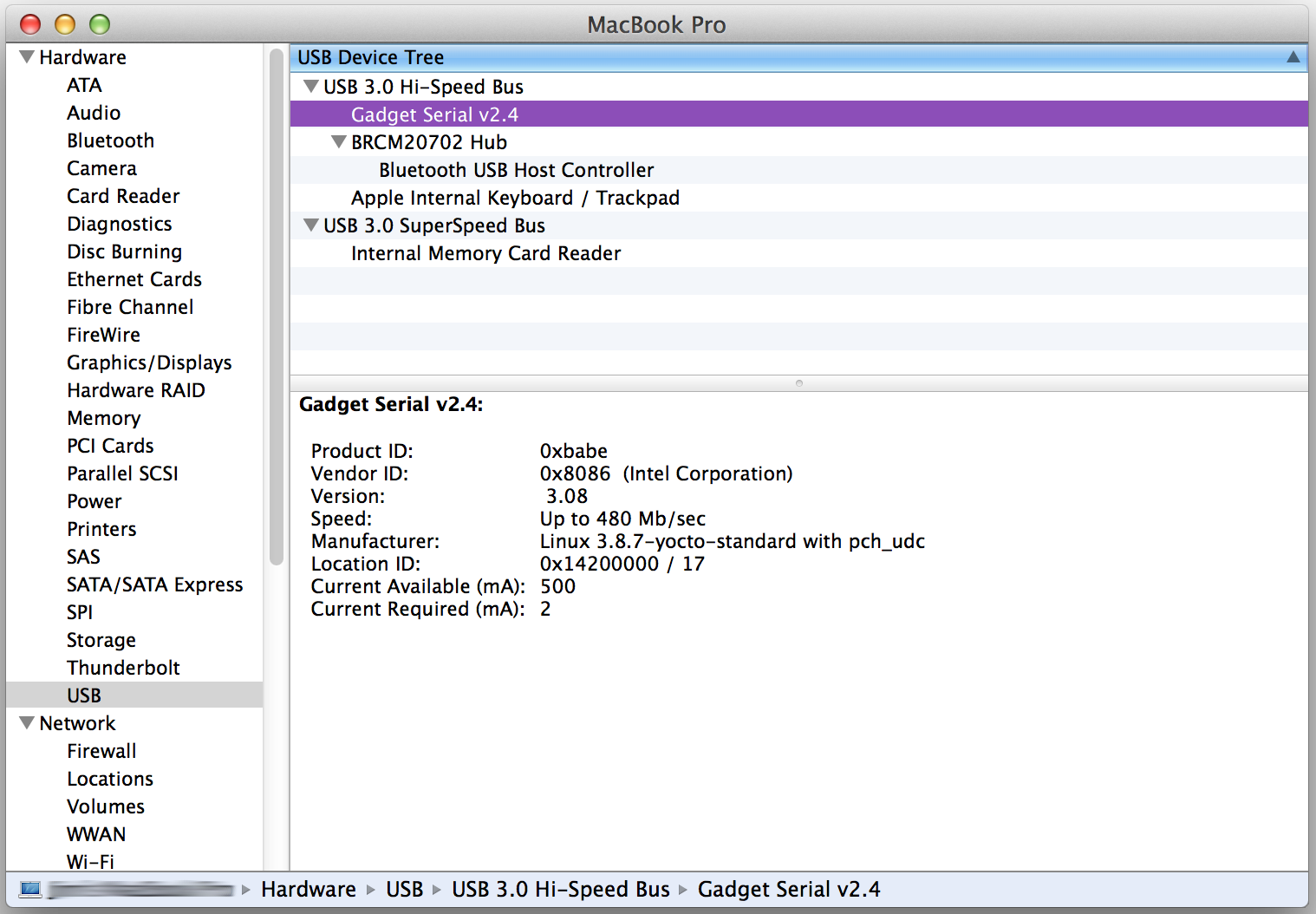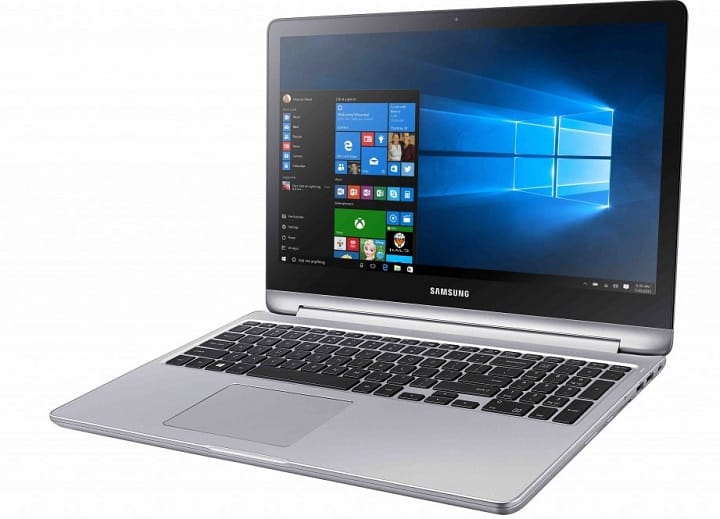If your existing Windows 10 PC is running Windows 10 20H1 or later and meets the minimum hardware specificationsit will be able to upgrade to Windows 11. The upgrade rollout plan is still being finalized, but for most devices already in use today, we expect it to be ready sometime in early 2022. Not all Windows 10 PCs that are eligible to upgrade will be offered to upgrade at the same time. To see if your PC is eligible to upgrade, refer to our knowledge base for a list of tested systems. Once the upgrade rollout has started, you can check if it is ready for your device by going to Settings/Windows Updates. Similar to how end users are notified when updates are available in Windows 10, end users will see an indication in the notification areas of the taskbar in the bottom right, that the upgrade is available.
More information on how that is presented will be available at a later date. Additional desktop notification options may be also be added at a later date. He also acknowledged the expansion of Microsoft Store to include more "traditional" desktop applications. Windows 11 brings a number of enhancements to Windows users, including a new look, multitasking enhancements, improved gaming performance, Android app support, and more. Aesthetically, it will have a new, frosted glass look, and a reworked start menu, now known as the Dock, optimized for touch input on the latest devices.
Users will be able to rearrange windows into new arrangements, like a 4x4 grid, using Snap Layouts that can then be saved into Snap Groups and recalled later. The official, release version of Windows 11 is now available as a free upgrade to anyone who has Windows 10 and a PC that meets Microsoft's minimum hardware requirements. However, the Redmond software giant isn't pushing the upgrade to every eligible system at once. Some users will be offered the option to upgrade in their Settings menu on or around the October 5th official launch date while others may be waiting until 2022.
Original equipment manufacturers can still ship computers without a TPM 2.0 coprocessor upon Microsoft's approval. Some third-party software may refuse to run on unsupported configurations of Windows 11. Internet Explorer has been replaced by the Chromium-based Microsoft Edge as the default web browser, and Microsoft Teams is integrated into the Windows shell.
Microsoft also announced plans to allow more flexibility in software that can be distributed via Microsoft Store, and to support Android apps on Windows 11 . Unless you crave the cutting edge, it's okay to wait on upgrading for now. Windows updates are exciting and it can be tempting to be on the ground floor for any major technology release.
Jumping into a preview build isn't for the faint of heart. Bugs can happen, sometimes big ones that can leave you rolling back to a previous operating system version. More frequently, you'll find that certain features just aren't finished yet and the experience isn't as polished as it will eventually become. You'll be one of the first to experience those exciting new features but it often demands more patience as they continue to be developed.
If your computer meets the minimum requirements to run Windows 11, you can sign up for the Windows Insider Program today and download the update today. If you'd rather wait for the official release, which will also be free for eligible Windows 10 users, the only thing to do at this point is wait. Once it's available, you'll either be able to download directly through the Windows Update tool or as a standalone download from Microsoft. As we mention above, if you do decide to try the preview version, be sure to back up your computer and prepare to encounter a few bugs in this early release.
Windows 11 requires modern hardware to run, but if your PC has a CPU released in the last 3-4 years, you're probably in luck. To provide enhanced security to its users, Microsoft is requiring all PCs to feature a specialized chip called a Trusted Platform Module, or TPM, of at least version 2.0. This chip is found in most modern CPUs and also many motherboards. Computers built before 2017 may not be compatible, however, so it's important to take a close look at the minimum system requirements before opting into an upgrade. Microsoft has temporarily disabled its PC Health Check tool to update it for the Windows 11 release, but it promises to advise you of any compatibility issues you may be facing ahead of the upgrade.
If your existing Windows 10 PC is running the most current version of Windows 10 and meets the minimum hardware specifications it will be able to upgrade to Windows 11. Not all Windows 10 PCs that are eligible to upgrade to Windows 11 will be offered to upgrade at the same time. If you are having a brand new laptop or PC, then your system must be compatible with Windows 11 or even might come with it preinstalled.
But issues may arise with the older versions of PCs, as its hardware might not match with the requirements of Windows 11. If your PC has a 7th gen or previous Intel CPU, then it is unsupported by the latest upgrade. Still, you can migrate to Windows 11, but the way is a little more complicated as you will need to download install files, then perform a clean install and then restore the program and data files.
One of the nice features that Windows has is the ability to organize app windows on your screen. With Windows 10, if you drag a window all to the right or left, it will take over half the screen, and you can create a split-screen view, which is nice if you're working on two pages at the same time. Now, with the Windows 11 upgrade, you have a little more control in arranging your open websites and apps through the Snap Layout option. Hover your mouse over the "Maximize Window" button on the top corner of the window, and a layout display will open.
You can choose what type of layout you want, whether it's just split-screen or if you want to have four separate windows open at once. Windows will take your screen size into account, showing the different layout options to choose from. The "windows insider" page says that my pc doesn't meet the minimum requirements for windows 11 but still i can still install the update through dev channel, so should i still install it? Btw also checked the official microsoft website and it says that i need to be degrading back to w10. So if possible please tell us how to revert back to windows 10 from 11.
The time of completion will depend on your internet connection and device hardware. In this case, it's recommended to wait as you may run into issues during or after the installation. For productivity, the operating system will now feature native Microsoft Teams integration. Microsoft says this will make it easier to connect with friends and colleagues across devices by adding Teams functionality right into the start menu and taskbar. If you use Windows on a laptop with an external display, Windows 11 will also remember the position of windows on that screen when disconnected and will restore them once it's plugged back in. As part of the minimum system requirements, Windows 11 only runs on devices with a Trusted Platform Module 2.0 security coprocessor.
Is Windows 11 Free Upgrade From Windows 10 According to Microsoft, the TPM 2.0 coprocessor is a "critical building block" for protection against firmware and hardware attacks. In addition, Microsoft now requires devices with Windows 11 to include virtualization-based security , hypervisor-protected code integrity , and Secure Boot built-in and enabled by default. The operating system also features hardware-enforced stack protection for supported Intel and AMD processors for protection against zero-day exploits. In October 2019, Microsoft announced "Windows 10X", a future edition of Windows 10 designed exclusively for dual-touchscreen devices such as the then-upcoming Surface Neo. Legacy Windows applications would also be required to run in "containers" to ensure performance and power optimization. Microsoft stated that it planned to release Windows 10X devices by the end of 2020.
With its machine learning technology, Microsoft has determined further devices on which the Windows 11 update prompt should now appear automatically. The Redmond-based software company has not revealed any additional information on which exact PC configurations are included in this third group. However, manually triggering the Windows 11 update, which is how many tech enthusiasts probably installed Windows 11 in the past weeks, is no longer necessary on these PCs. Users can simply check the regular Windows Update application in order to verify whether the Windows 11 upgrade is ready to download on their respective device. Windows 11 has higher technical requirements than Windows 10, is possible to install Windows 11 on devices that don't meet the minimum requirements. Upgrading unsupported hardware to Windows 11 will require you to install the update manually using an ISO.
There is a different set of minimum minimum requirements your PC will have to meet including 4GB of RAM, 64GB of storage space, and two-core 64-bit 1 GHz processor. Microsoft hasn't shared an official release date for Windows 11, though Microsoft has confirmed it's coming during the holiday season. There have been rumors on social media of an October release date, though this hasn't been confirmed. Windows 11 has been released as a free upgrade for compatible laptops and desktop computers running Windows 10 with a slew of new features and changes.
On October 5, 2021, Microsoft has begun the slow rollout starting with newer devices first. Then, it will expand to more compatible computers over time, and it will become fully available by mid-2022. If your PC is running Windows 10, then you can check to see if your device is eligible to upgrade using the PC Health Check app.
This will basically check whether your PC meets the minimum system requirements required for Windows 11. You can then check to see if the Windows 11 upgrade is ready for your specific device by opening Windows Update settings. You can refer to our knowledge base for a list of tested systems to determine if your device eligible to upgrade to Windows -11. Many PCs that are less than four years old will be able to upgrade to Windows 11. They must be running 20H1 or later version of Windows 10 and meet the minimum hardware requirements to receive the Windows 11 upgrade. Citing security considerations, the system requirements for Windows 11 were increased over Windows 10.
While the OS can be installed on unsupported processors, Microsoft does not guarantee the availability of updates. Windows 11 also drops support for 32-bit x86 CPUs and devices which use BIOS firmware. Windows 11 has been rolled out as an upgrade to Windows 10, with Microsoft offering a seamless process to simply transition to the new version without losing your data. Again, this update is only available to computers that meet the minimum system requirements and are running a licensed version of Windows 10.
But with the official Windows 11 installation assistant, you can update your existing operating system without any changes to your data. Your files, applications, even the programs currently running on your PC – everything is left untouched. If you are facing an error along the lines of "This PC doesn't meet the minimum system requirements to install Windows 11" on the PC Health Check app, fret not, there is still a workaround and it works well. In this method, you will have to create a bootable USB and manually install Windows 11. It will only wipe the C drive, including files and programs stored within the C drive, and not touch other partitions. Windows 11 will be provided as a free update to all eligible devices that are currently running Windows 10.
Eligibility for automatic upgrade is based on certain minimum hardware requirements. Snap Layouts should offer better multitasking support, especially on large or ultrawide monitors. DirectStorage can offer big reductions to load times for gamers. Android app support opens a whole new app ecosystem up to Windows users. Only time will tell if Windows 11 proves to be as popular as Windows 10, but it seems like Microsoft is providing compelling reasons to sign up for the update when the time is right for you. (Pocket-lint) - Windows 11 is now rolling out as a free upgrade for Windows 10 users.
That means you should be able to download and use Windows 11 right now - as long as your PC meets the minimum system requirements. All Dell PCs with Windows 10 currently being sold on dell.com will be able to upgrade to Windows 11. For the PC to be able to upgrade to Windows 11, it must meet the minimum hardware specifications and specific hardware is required for some features.
The upgrade rollout plan is still being finalized but is scheduled to begin late in 2021 and continue into 2022. At least 16GB of RAM The basic system requirements of Windows 11 differ significantly from Windows 10. Windows 11 only supports 64-bit systems such as those using an x86-64 or ARM64 processor; IA-32 processors are no longer supported. Thus, Windows 11 is the first consumer version of Windows not to support 32-bit processors . The minimum RAM and storage requirements were also increased; Windows 11 now requires at least 4GB of RAM and 64GB of storage. S mode is only supported for the Home edition of Windows 11.
The compatibility list includes the Intel Core i7-7820HQ, a seventh-generation processor used by the Surface Studio 2, although only on devices that shipped with DCH-based drivers. Click Next to have Windows 11 check for any updates, then accept the license terms. The Ready to install screen shows that Windows 11 will be installed and that your personal files and apps will be kept. You can then elect to keep personal files and apps, personal files only, or nothing. To install Windows 11 on your computer without losing your existing data, you should use the Windows Installation Assistant.
Available for download on Microsoft's webpage, the installer updates the existing Windows installation to the new version, without changing any of the files or applications already present on the PC. Similar to the image file method, it also wipes the drive clean, so it is an unsuitable method if you don't want to lose your data. Creating installation media is only useful if you are looking to perform a clean install, removing all existing files and applications. Not everyone wants to upgrade from Windows 10 to Windows 11 mainly because of unknown installation errors and slow performance due to carried-over files.
So if you are an advanced user and want to clean install Windows 11 on your PC, we need to get back to the bootable method. Note that, by clean install, I don't mean erasing all of your partitions and files. This method will only wipe the C drive, including files and programs stored within the C drive.
That doesn't mean you can't get your hands on the new OS sooner. By signing up for the Windows Insider Program, you can download a preview build and begin enjoying Windows 11 now if your PC meets the minimum system requirements. These builds are considered previews for a reason and often have bugs and missing features that are still being developed, however.
Be sure to back up your PC before completing the upgrade. Once the installation is complete, you should find all of your files and applications in the same place you left them before the update. Some may sport a new look (those rounded edges on apps and folders look nice, don't they?) but everything should function as you remember. There are many users who, after the release of Windows 11, went ahead and checked whether their PC is eligible to be upgraded with Windows 11. Sadly, they found out that their PC does not meet the minimum requirements to install Windows 11. In this case, the question arises what options are left then?
To put it simply, the best option here is to buy a new PC before the deadline, i.e. 2025. Many games that use Anti-cheat tools also have started relying on Windows 11 security features to provide fair gameplay. While these games still work on Windows 10, it is only a matter of time before Windows 11 ends up becoming a requirement.
If you don't see the notification, it is likely because Windows 11 is not fully compatible with your hardware and software configuration. In this case, it's not recommended to proceed with the upgrade using other methods, such as the Installation Assistant or ISO file, because you may come across errors and problems. For example, soon after the October 5 release, Microsoft listed at least three known issues on Windows 11 that are preventing certain devices from upgrading. If you're using Windows 7 or 8.1, the situation is a bit more complicated.


